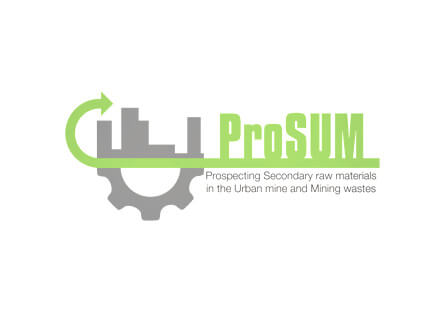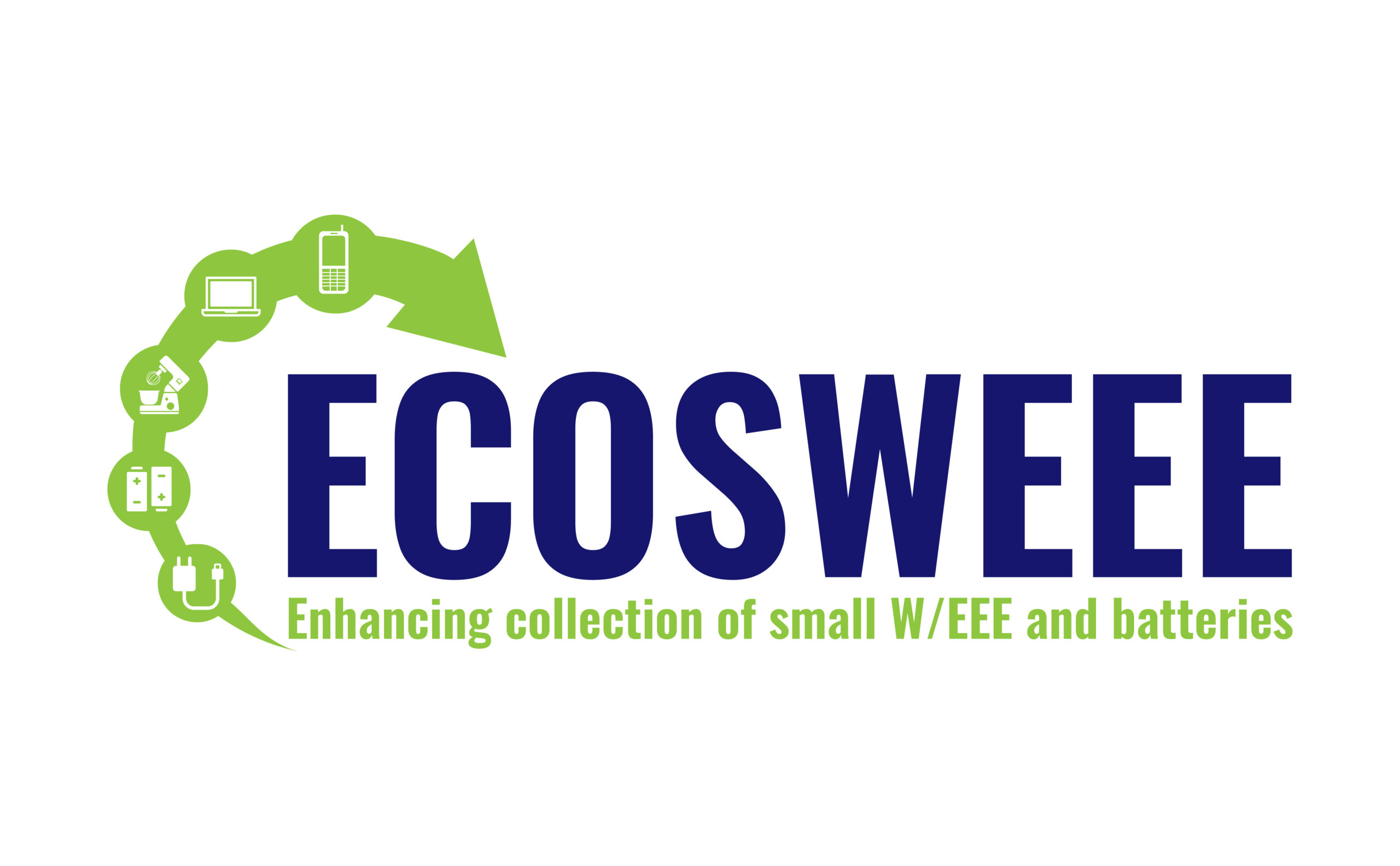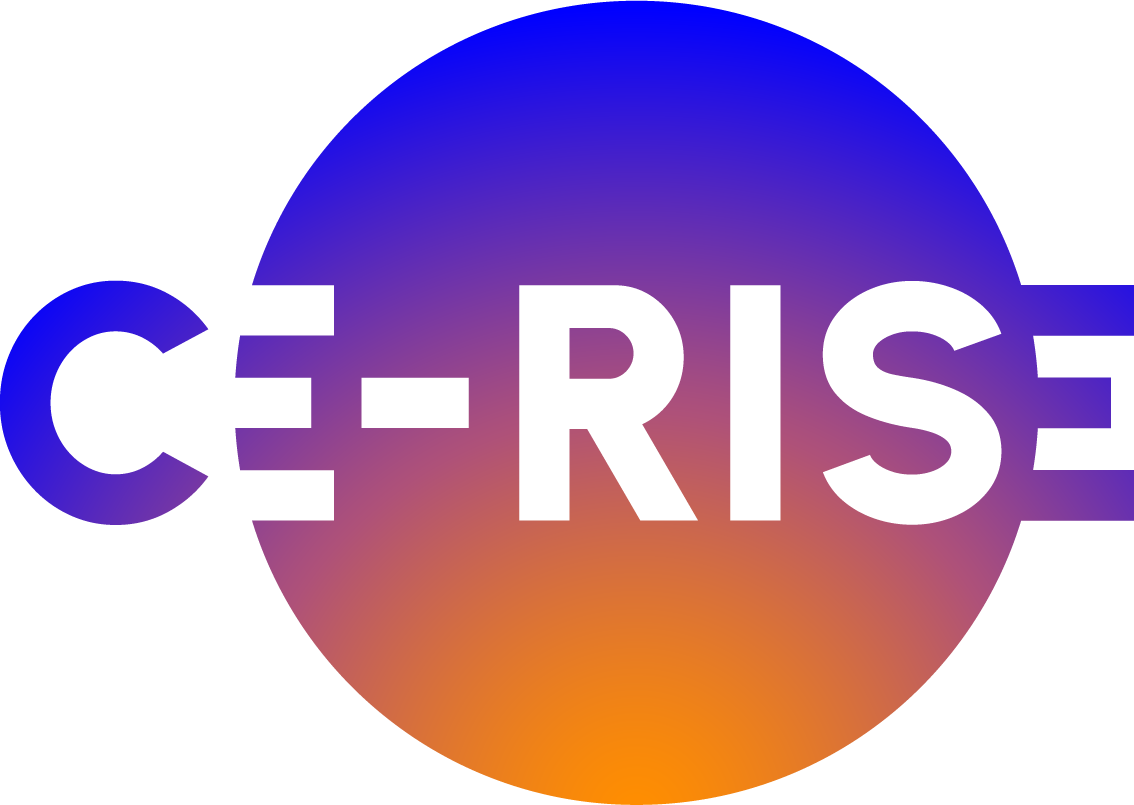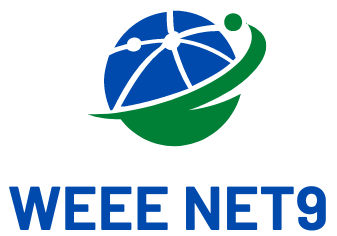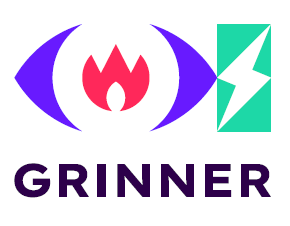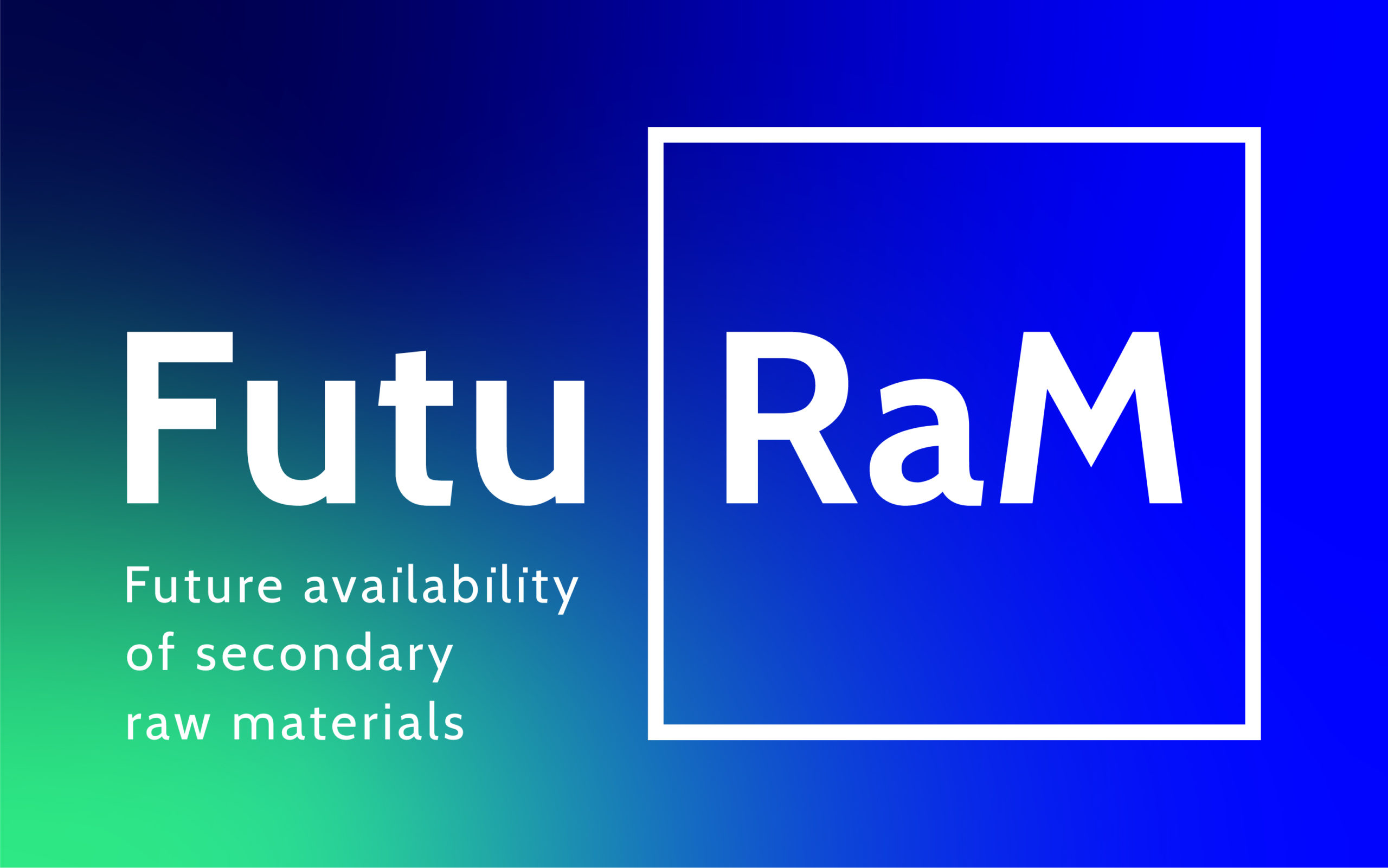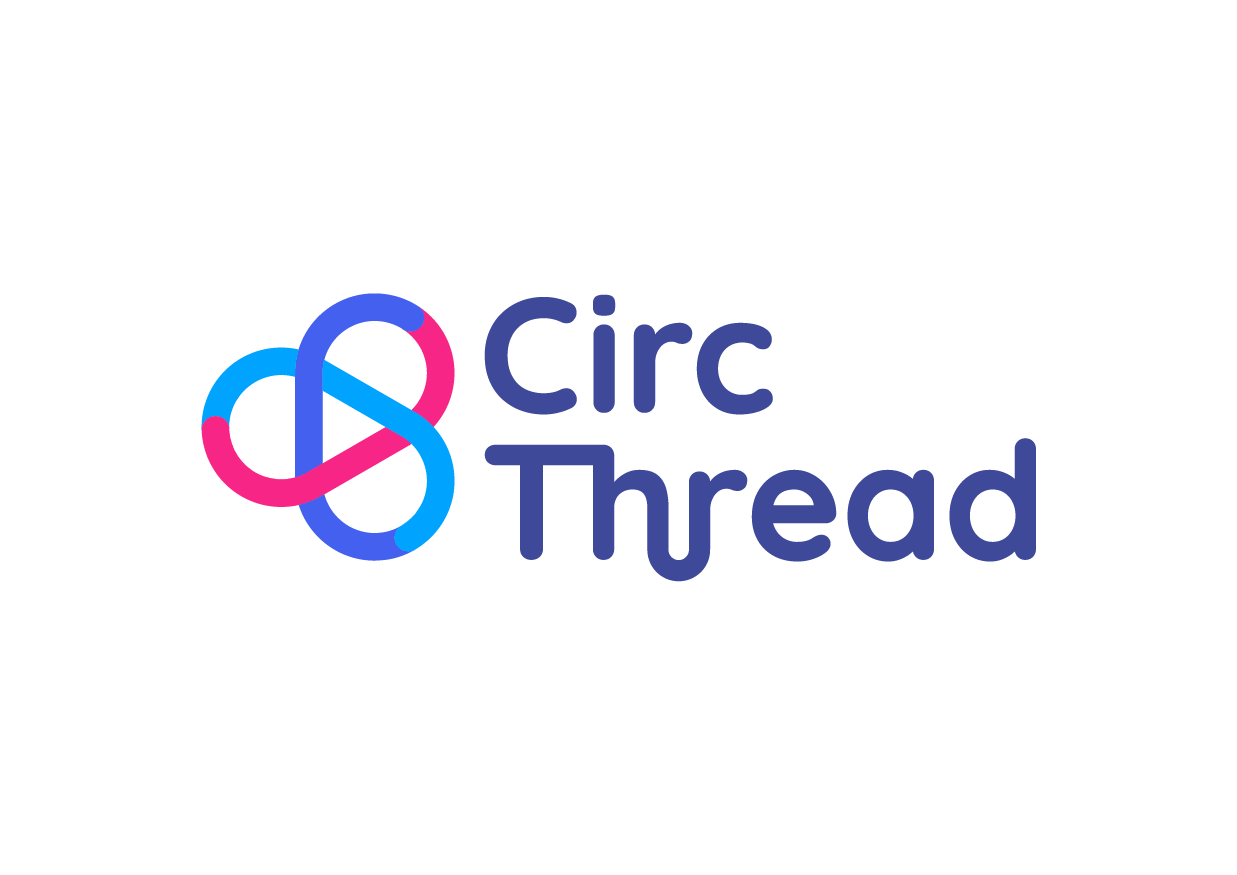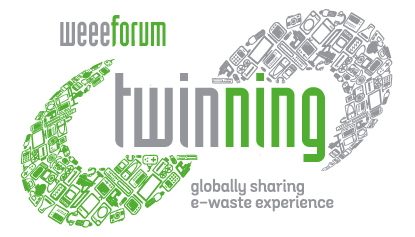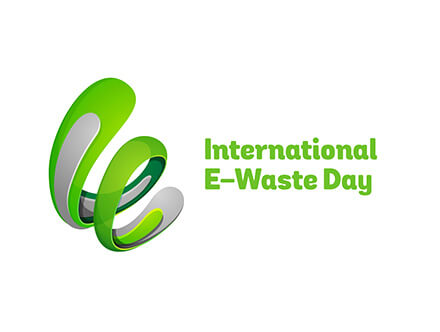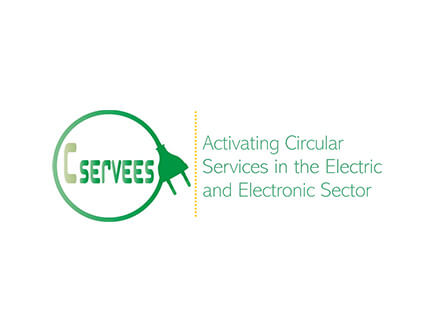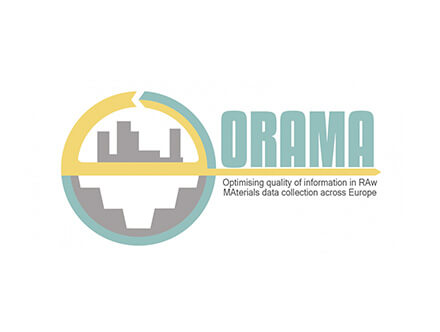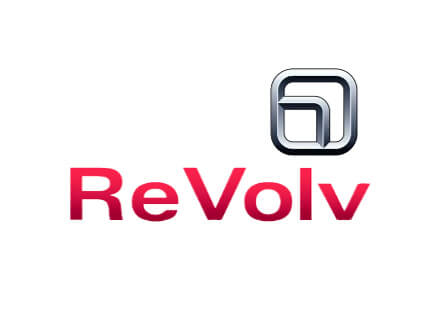EEE, vehicles and batteries in the urban mine
Batteries, electrical and electronic equipment, vehicles and mining waste contain significant amounts and a large variety of raw materials, ranging from base metals to plastics, as well as precious metals and critical raw materials (CRMs). The EU is reliant on imports for many of these raw materials and aims to realise a Circular Economy. Securing responsible sourcing of these materials as well as increasing recycling rates is a complex societal challenge, partly because of the lack of structured data on the quantities, concentrations, trends and final whereabouts in different waste flows of these secondary raw materials in the Urban Mine in Europe.
Currently, data on primary and secondary raw materials are available in Europe, but scattered amongst a variety of institutions including government agencies, universities, NGOs and industry. The aim of the ProSUM project (Prospecting Secondary raw materials in the Urban mine and Mining wastes - financed through the EU's Horizon 2020 programme)
The ProSUM project developed the very first EU-wide and open-access Urban Mine Platform
was to provide a state of the art knowledge base, using best available data in a harmonised and updateable format, which allows the recycling industry and policymakers to make more informed investment and policy decisions to increase the supply and recycling of secondary raw materials.
The WEEE Forum was co-ordinator for this three year project (2015-2018) because information on the content of the Urban Mine at product, component and material level is hugely useful to its members, allowing them to understand more about the stocks and flows of (W)EEE in the countries in which they operate.

The ProSUM project developed the very first EU-wide and open-access Urban Mine Platform (UMP). This dedicated web portal is populated by a centralised database containing all readily available data on market inputs, stocks in use and hibernated, compositions and waste flows of EEE, vehicles and batteries for all EU 28 Member States plus Switzerland and Norway.
The UMP’s user-friendly design features dedicated applications, allowing the user to select and produce charts and to download resulting data ‘on-demand’ in a quick manner. The knowledge base is complemented with an extensive library of more than 800 source documents and databases. With the ability to view the metadata, methodologies, calculation steps and data constraints and limitations are made explicit, allowing the user to review key information and to get an idea of the data quality of the sources used for this massive prospecting effort.
Please find the project final report here.
